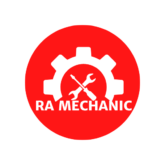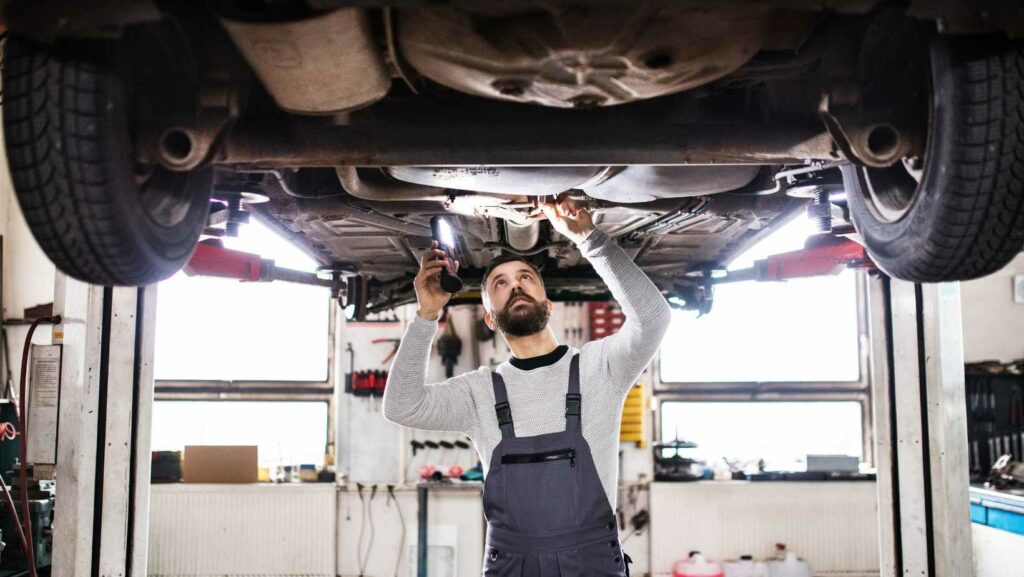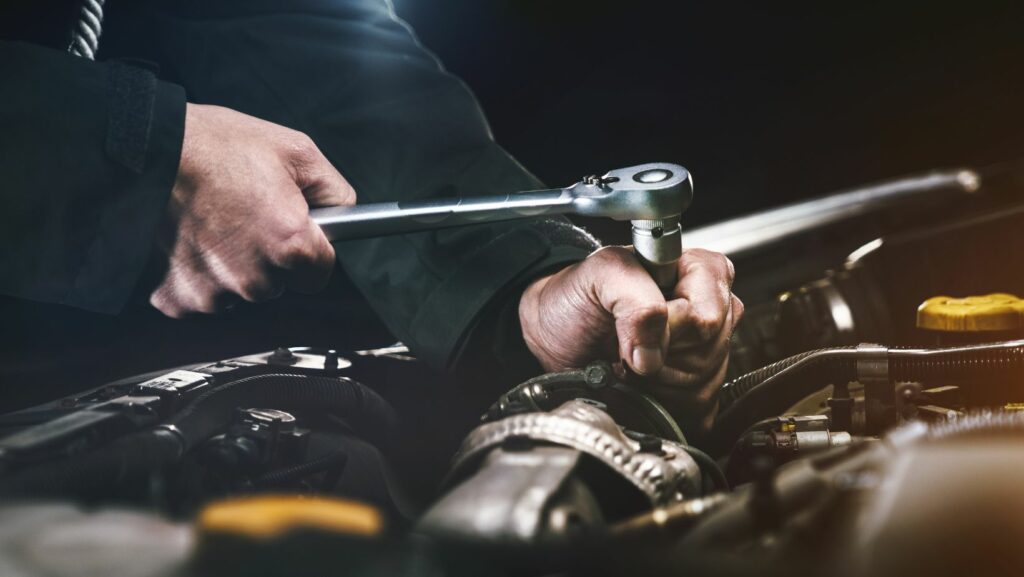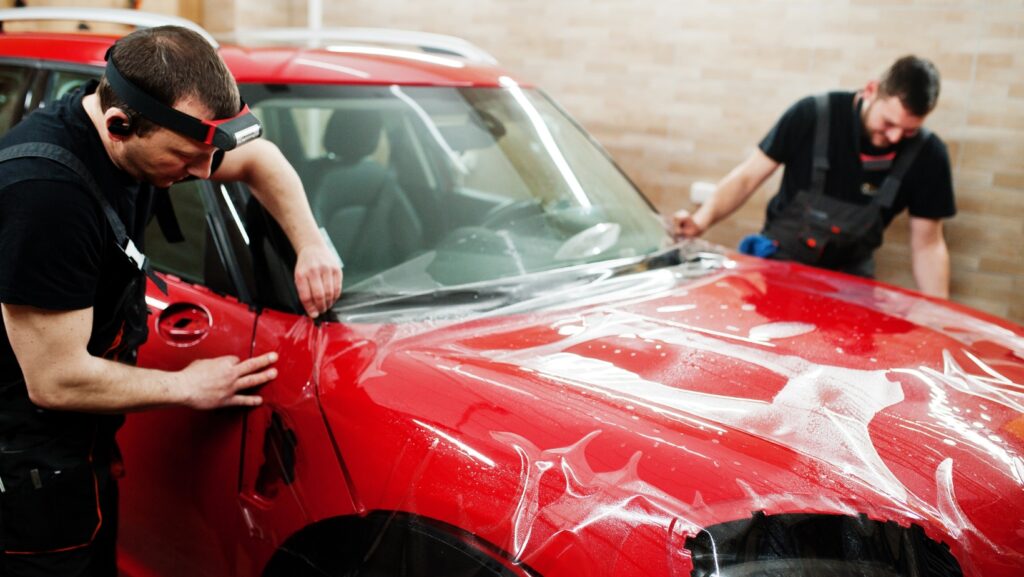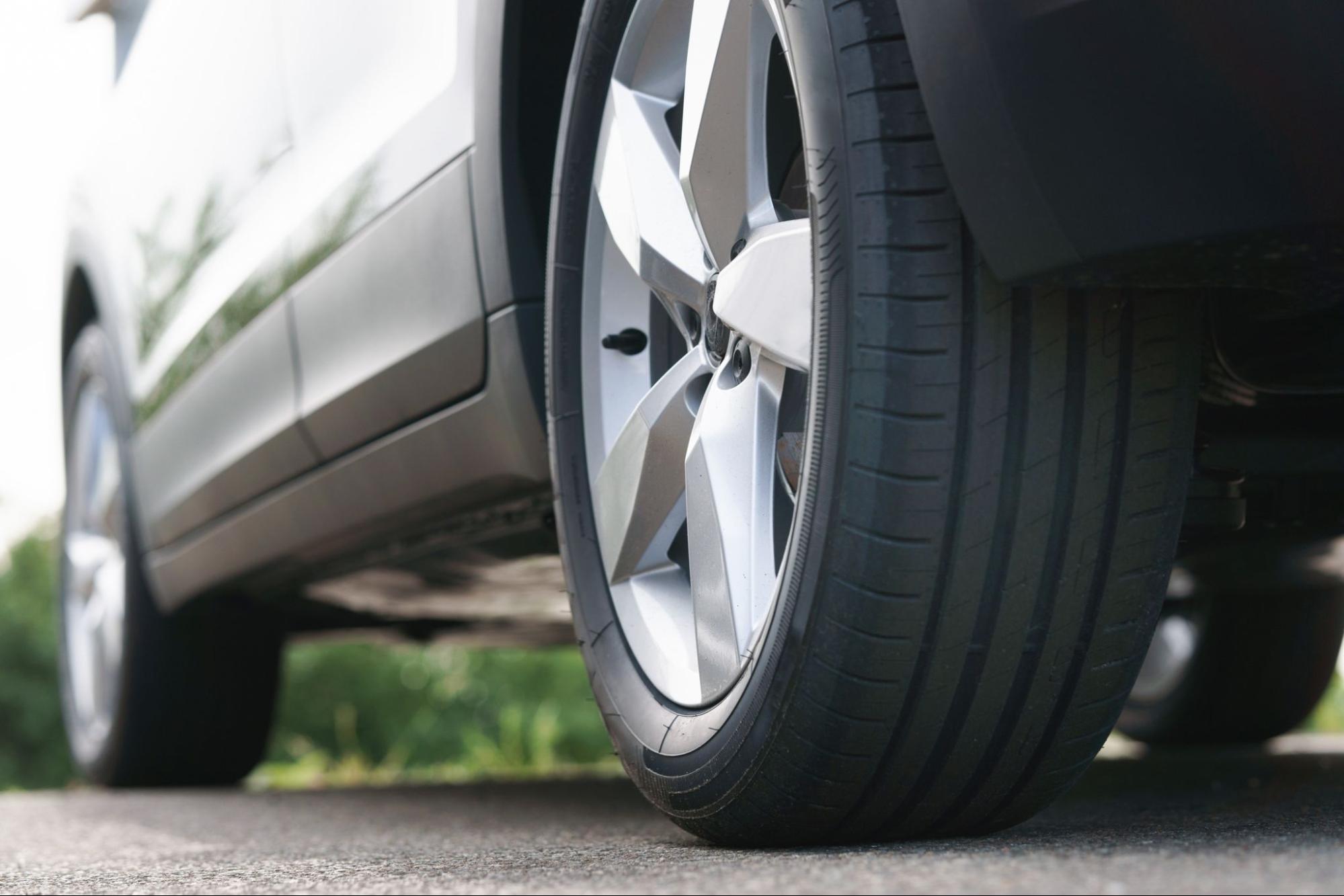 Buying new wheels can enhance your vehicle’s performance, aesthetics, and safety, but it requires careful consideration. From understanding wheel types and sizes to budgeting and compatibility, this guide covers everything you need to know before purchasing new wheels for your vehicle. Whether you’re looking for improved handling, a stylish upgrade, or durable options, making an informed decision secures you get the most out of your investment.
Buying new wheels can enhance your vehicle’s performance, aesthetics, and safety, but it requires careful consideration. From understanding wheel types and sizes to budgeting and compatibility, this guide covers everything you need to know before purchasing new wheels for your vehicle. Whether you’re looking for improved handling, a stylish upgrade, or durable options, making an informed decision secures you get the most out of your investment.
Table of Contents
- Types of Wheels: Materials and Designs
- Key Factors to Consider When Buying Wheels
- How to Confirm Proper Fitment for Your Vehicle
- Final Thoughts on Choosing the Right Wheels
Imagine cruising through Calgary in a car that not only drives smoothly but also turns heads at every corner. Upgrading your wheels is one of the simplest ways to transform your vehicle’s look and performance. But before you dive into the world of aftermarket wheels, there are a few things you should know.
Choosing the right wheels for sale involves more than just picking a stylish design. Factors like material, size, compatibility, and budget all play a crucial role in securing your new wheels meet your expectations. Whether you’re looking for better handling, improved aesthetics, or enhanced durability, understanding these key elements will help you make an informed decision.
Types of Wheels: Materials and Designs
When shopping for new wheels, understanding the differences between materials and designs is crucial. Each type offers unique benefits in terms of performance, aesthetics, and durability. Let’s explore the most popular options to help you make an informed choice.
Steel Wheels
Steel wheels are a practical and cost-effective option commonly found on base model vehicles and heavy-duty trucks. Made from stamped steel, these wheels are durable and capable of handling significant weight, making them ideal for towing or off-road use.
However, steel wheels are heavier than other materials, which can slightly reduce fuel efficiency and performance. They also lack the visual appeal of more premium options, often requiring hubcaps to enhance their appearance. Despite these drawbacks, their affordability and strength make them a reliable choice for drivers prioritizing function over form.
Alloy Wheels
Alloy wheels are made from a combination of aluminum or magnesium and are a popular choice for both everyday drivers and automotive enthusiasts. Their lightweight construction reduces unsprung weight, improving handling, acceleration, and braking performance.
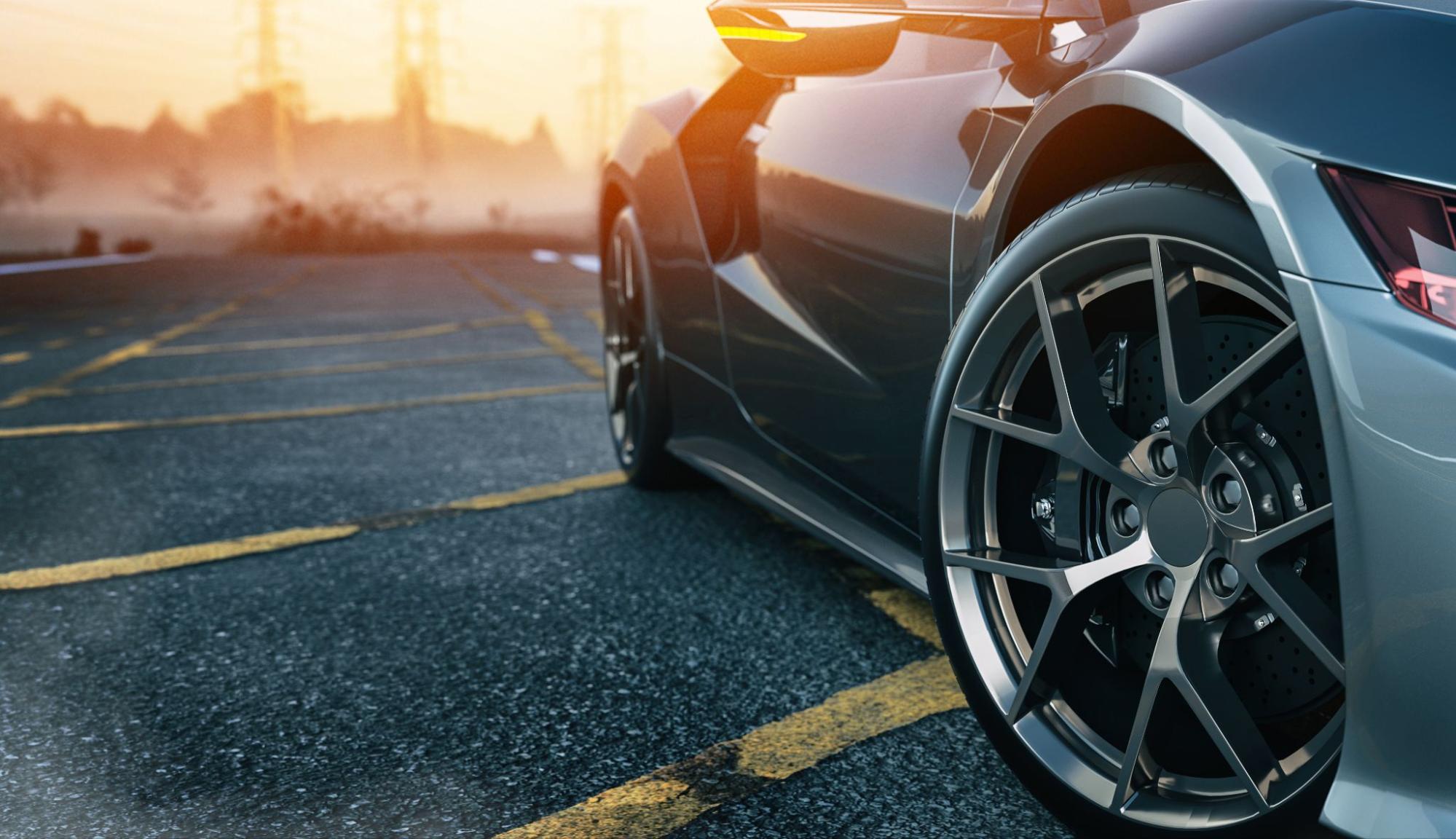
Alloy wheels also dissipate heat more effectively than steel, reducing the risk of brake fade during prolonged use. Additionally, their sleek designs and polished finishes add a touch of sophistication to any vehicle. While they’re more expensive than steel wheels, their performance and aesthetic benefits justify the investment for many drivers.
Forged vs. Cast Wheels
If you’re considering alloy wheels, it’s important to understand the difference between forged and cast options.
- Forged Wheels: These are made by compressing a solid piece of aluminum under extreme pressure, resulting in a denser and stronger wheel. Forged wheels are lighter, more durable, and better suited for high-performance vehicles. However, they come at a premium price due to the labor-intensive manufacturing process.
- Cast Wheels: These are created by pouring molten aluminum into a mold, making them less expensive but also less robust than forged wheels. While cast wheels are suitable for everyday use, they may not withstand extreme conditions as well as forged alternatives.
Choosing between forged and cast wheels depends on your budget and driving needs. Forged wheels are ideal for performance-oriented drivers, while cast wheels offer a balance of quality and affordability.
Design Options
Aftermarket wheels come in a wide range of designs, allowing drivers to personalize their vehicles. Here are some popular styles:
- Spoke Patterns: Classic spoke designs are timeless and versatile, offering a sporty yet elegant look. The number and arrangement of spokes can vary, providing endless customization possibilities.
- Mesh Designs: Mesh-style wheels feature intricate patterns that give a modern, high-tech appearance. They’re particularly popular among luxury and sports car owners.
- Split-Rim Designs: These wheels have a multi-piece construction, often combining different finishes or colors for a bold, eye-catching effect.
- Off-Road Styles: Designed for rugged durability, off-road wheels typically feature chunky, angular designs that emphasize toughness and functionality.
The right design depends on your vehicle type, personal preferences, and intended use. Whether you’re aiming for a sleek urban look or a rugged off-road vibe, there’s a wheel design to match.
Key Factors to Consider When Buying Wheels
Choosing the right wheels involves more than just picking a style you like. Several technical and practical factors must be considered to secure compatibility, safety, and satisfaction. Let’s explore these key considerations in detail.
Wheel Size and Offset
Wheel size plays a crucial role in both aesthetics and performance. Larger wheels can enhance your vehicle’s appearance and provide better grip, but they may also reduce ride comfort and increase tire wear. Conversely, smaller wheels offer a smoother ride but may lack the visual impact of larger options.
Offset refers to the distance between the wheel’s mounting surface and its centerline. Proper offset makes sure the wheel sits correctly within the wheel well, avoiding issues like rubbing against suspension components or fenders. Choosing the wrong offset can lead to poor handling, uneven tire wear, and even damage to your vehicle.
To determine the correct size and offset, consult your vehicle’s owner manual or seek advice from a professional. Online fitment guides can also help you find compatible options for your specific make and model.
Bolt Pattern Compatibility
The bolt pattern (also known as lug pattern) is the arrangement of holes where the wheel attaches to the hub. It’s measured by the number of bolts and the diameter of the circle they form (e.g., 5×114.3). Matching the bolt pattern to your vehicle’s hub is essential for safe installation and optimal performance.
Using wheels with an incompatible bolt pattern can cause vibration, misalignment, and unsafe driving conditions. If you’re unsure about your vehicle’s bolt pattern, measure it carefully or consult a trusted mechanic or retailer.
Budget Considerations
Aftermarket wheels are available at a wide range of price points, from budget-friendly options to high-end luxury models. Setting a budget helps narrow down your choices and secures you don’t overspend.
Keep in mind that cheaper wheels may compromise on quality, durability, or design. On the other hand, premium wheels often come with advanced features like forged construction, intricate designs, and superior finishes. Balance your budget with your priorities—whether they’re performance, aesthetics, or longevity—to find the best value for your money.
Finish and Maintenance
The finish of your wheels not only affects their appearance but also their maintenance requirements. Here’s a breakdown of common finishes and their upkeep needs:
- Polished Finishes: These provide a shiny, mirror-like look but require regular cleaning and polishing to maintain their appearance.
- Painted Finishes: Durable and low-maintenance, painted wheels are ideal for everyday use and resist minor scratches better than polished options.
- Chrome Finishes: Chrome offers a striking, luxurious look but is prone to pitting and corrosion in harsh weather conditions, making it less suitable for Canadian winters.
- Matte Finishes: Matte wheels have a modern, understated appearance and are relatively easy to clean, though they can show dust and dirt more prominently.
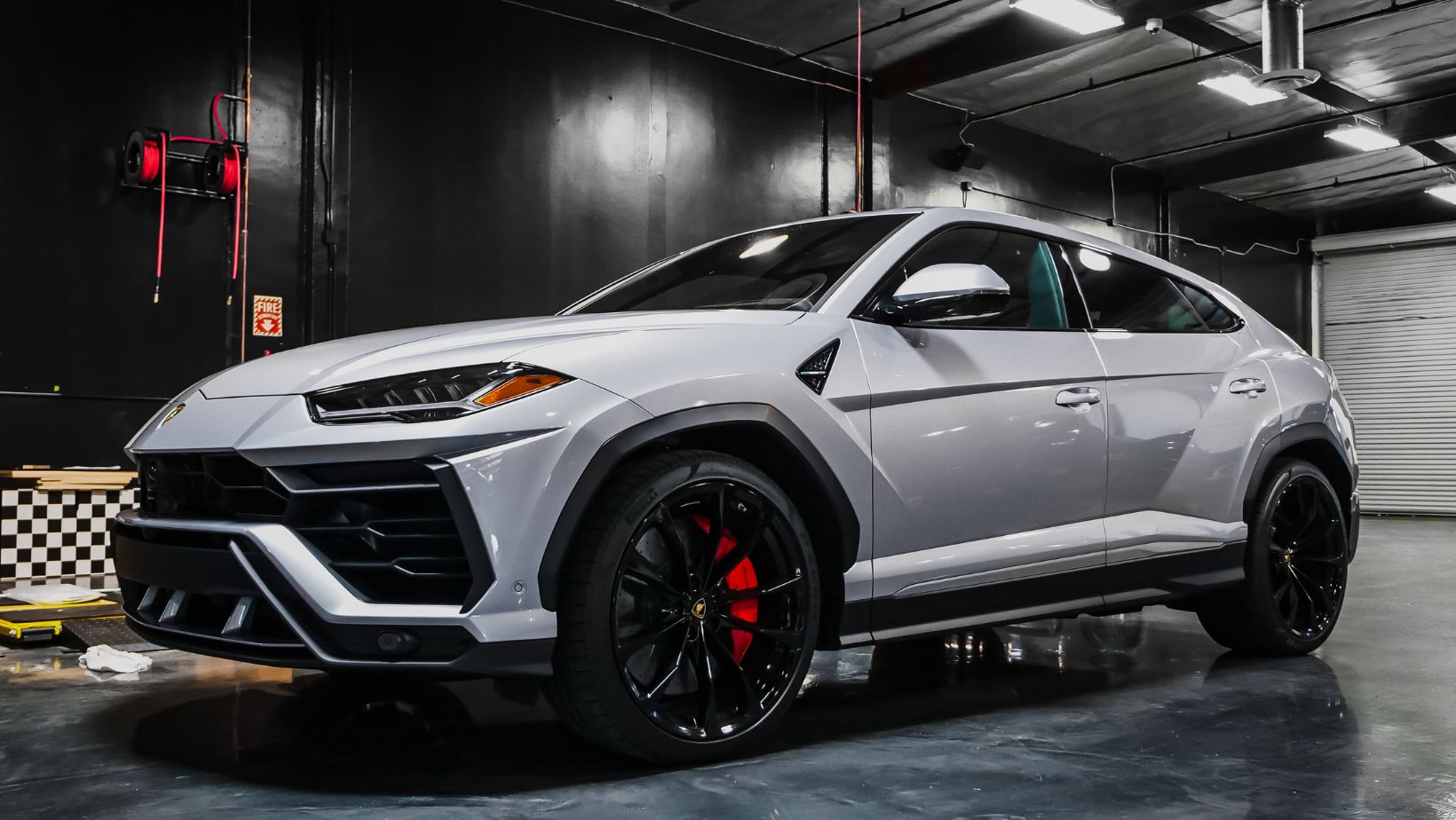
Choose a finish that aligns with your lifestyle and willingness to perform routine maintenance. For example, if you live in Calgary and frequently drive in winter, a painted or matte finish might be more practical than chrome.
How to Confirm Proper Fitment for Your Vehicle
Proper fitment is essential when buying new wheels. Ill-fitting wheels can lead to poor handling, tire rub, or even damage to your vehicle. Follow these steps to make sure your new wheels are a perfect match for your vehicle.
Measuring Wheel Dimensions
Before purchasing, confirm the exact dimensions of your vehicle’s wheels. Key measurements include:
- Diameter: The size of the wheel from one edge to the other, measured in inches (e.g., 16″, 18″).
- Width: The distance between the inner and outer edges of the wheel, also measured in inches.
- Offset: As mentioned earlier, offset determines how far the wheel sits inside or outside the wheel well. Positive offset pushes the wheel inward, while negative offset moves it outward.
- Center Bore: The hole in the center of the wheel that fits over the hub. It must match your vehicle’s hub diameter for proper alignment.
Use a measuring tool or consult your vehicle’s specifications to gather this information. If you’re unsure, visit a local tire shop for professional assistance.
Understanding Tire Compatibility
Your new wheels must accommodate your chosen tires. Factors like tire width, aspect ratio, and load rating should align with both the wheel and your vehicle’s requirements. For example, wider wheels may require wider tires to maintain proper traction and handling.
Additionally, consider the combined weight of the wheels and tires. Excessive weight can strain your suspension system and reduce fuel efficiency. Lightweight options like forged alloys strike a balance between performance and practicality.
Test-Fitting Before Final Purchase
If possible, test-fit the wheels before committing to a purchase. Many retailers allow customers to mount the wheels temporarily to check for clearance issues. Look for signs of rubbing against the suspension, fenders, or brake calipers.
Final Thoughts on Choosing the Right Wheels
Upgrading your wheels is an investment that can significantly enhance your vehicle’s performance, aesthetics, and durability. However, it’s not a decision to be made lightly. By considering factors like material, size, compatibility, and budget, you can select wheels that not only look great but also meet your driving needs and environmental conditions.
